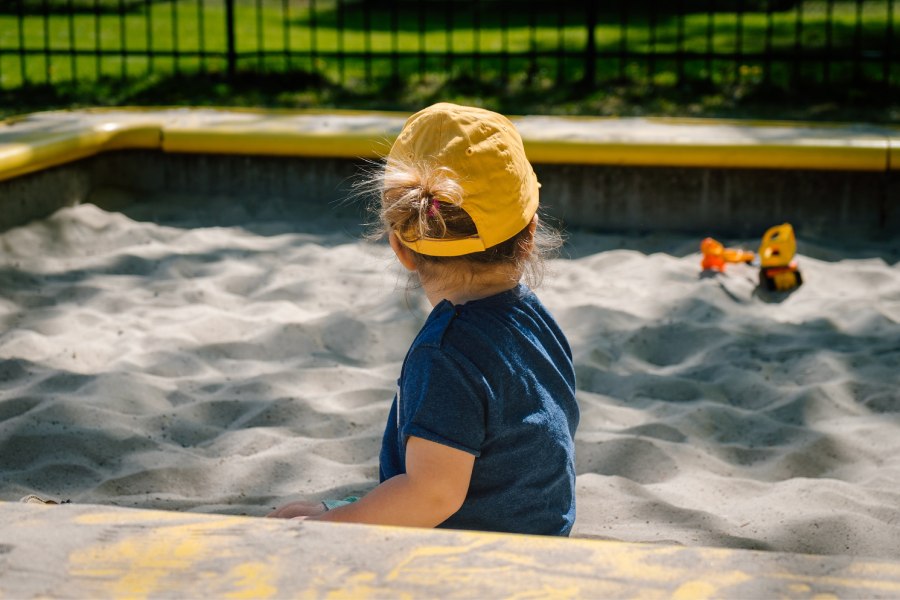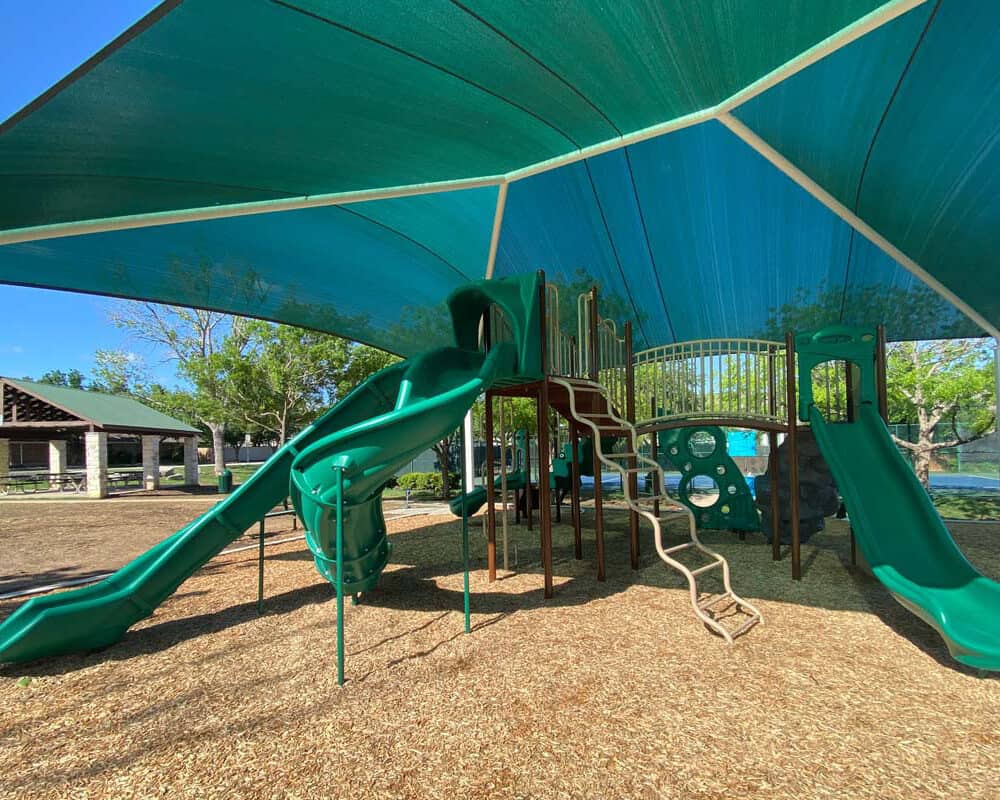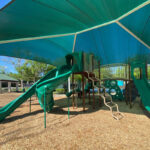Playgrounds are a great way to keep children entertained and occupied for a prolonged period. They provide an excellent opportunity for children to exercise their bodies and minds and can also be a source of fun for adults. Sand plays an essential role in the quality of your playground. The sand you use determines how it feels on your child’s skin, how soft it is, and how well it disperses liquid.
What to Look for in a Playground Sand Type
There are a few factors that you will want to think about when choosing a sand type for your playground. These include the size of grains, their pattern, the amount of uniformity, the suitability for outdoor play, and the ability to be clean and disinfected in the winter months.
Size of Grains
While it is true that larger grains create a softer play surface, it is also important to remember that smaller grains can be more absorbent. This means that if you choose a type of sand with smaller grains, your children will be able to dig in it easily when its dry but maybe not as easily when it is wet. Larger grains are usually easier to dig in when wet.
Assorted Color Options
Various color options are great for bringing a multicultural flair to your playground. You can choose from multiple colors to create a vibrant, fun, and exciting environment for your kids.
Soft Texture
Many kids find it more enjoyable to play with softer textures of sand. This is likely because they are more likely to be able to dig in and get a full feel for the sand. This type of sand is ideal for kids who like to move fast. Soft textures are often less dusty and can be great for kids with allergies and sensitivities to dust.
Free of Potentially Dangerous Contaminants
Many types of sand have harmful contaminants embedded within them. These contaminants can cause lung diseases and developmental disabilities in kids. Choosing sand that is free of polyurethane, silica, and other harmful chemicals is essential.
Dust Free Sand
When it comes to dust-free sand, you must keep the local health code in mind. Most areas limit the amount of dust permissible in the air, so it’s essential to check your local regulations before purchasing any sand.
Types of Sand for a Playground
- Natural sand- Natural sand comes from natural deposits and has a smooth, hard surface. It is formed from the erosion and weathering of small rocks. It is ideal for outdoor play areas because it is easy to clean, wear-resistant, and safe for children.
- Kinetic sand- This type of sand is made to be moldable, dust-free, lightweight, and able to be used in a variety of applications. Kinetic sand is often used for indoor or indoor-outdoor projects such as indoor play areas, small scale sandboxes and other variety of children’s activities.
- Processed sand- This sand is derived from quarries and gravel pits. It contains some residue of silica dust which is not safe for children when inhaled or swallowed.
Conclusion
The best type of sand for your new playground project is one that children can play in safely. Many different types of sand are available, each with its advantages and disadvantages. When deciding which type of sand to use for a playground, it’s essential to consider the intended use, particle size, and amount.






